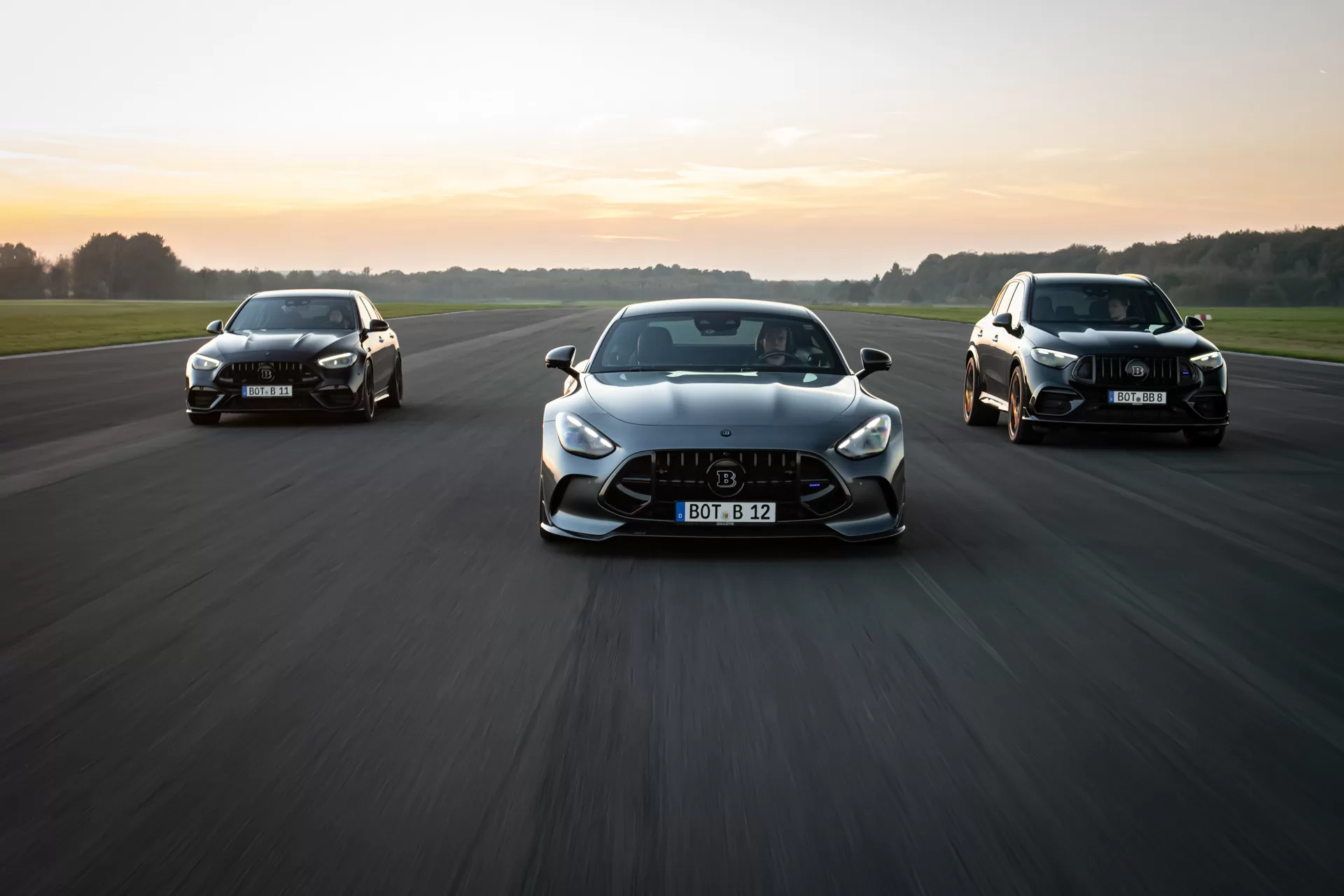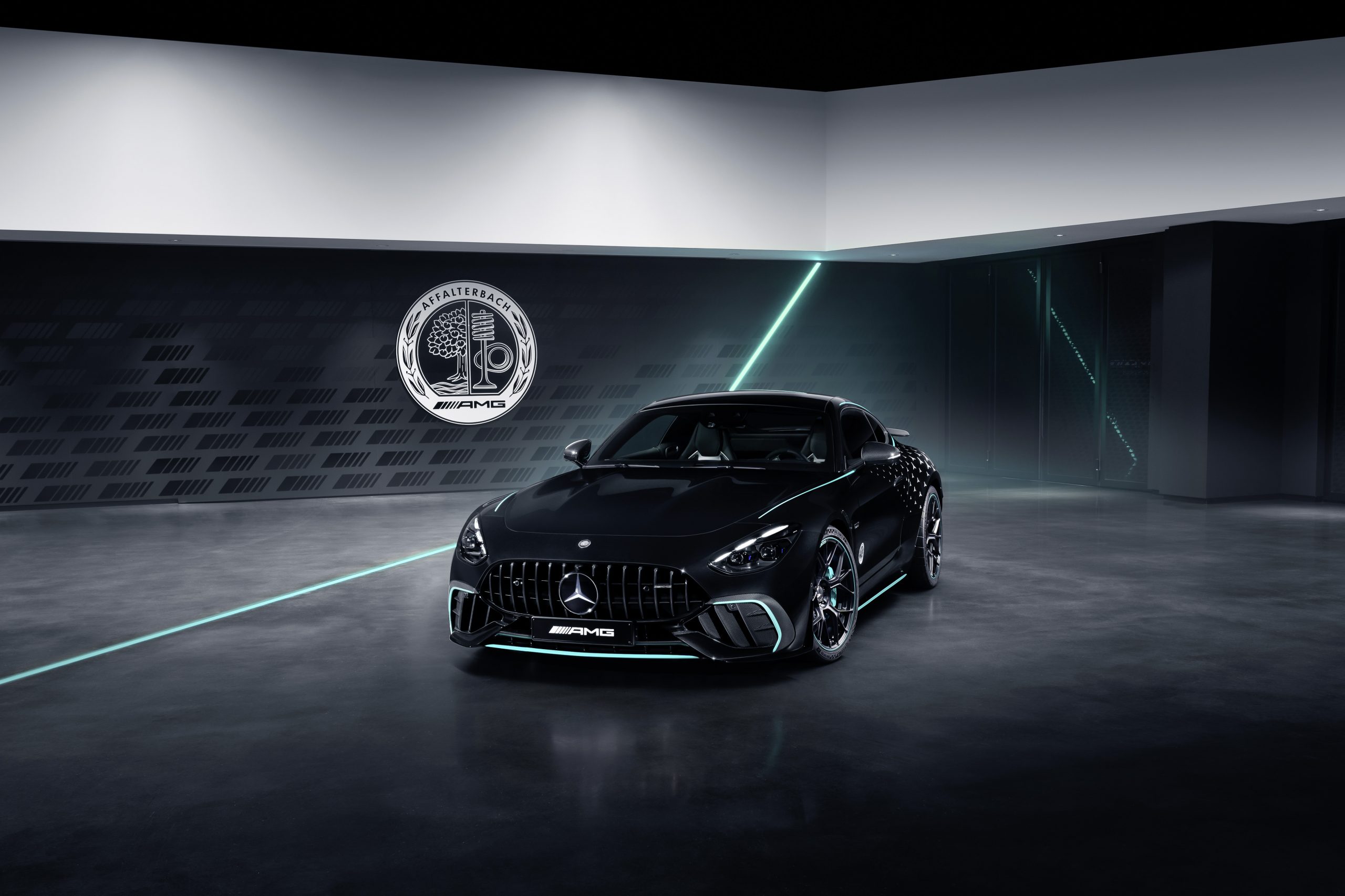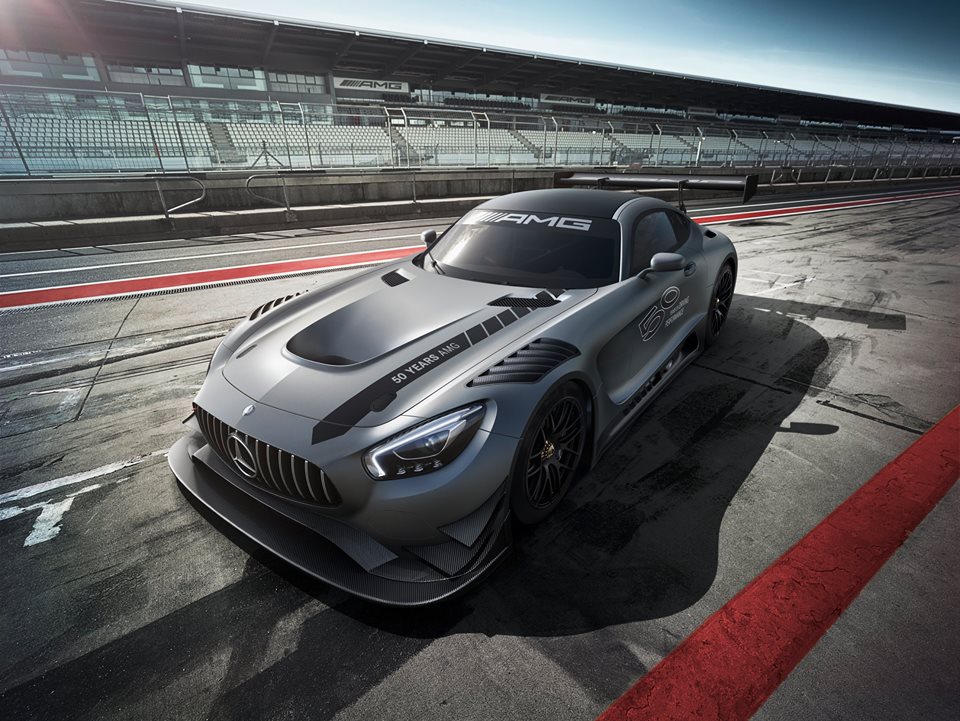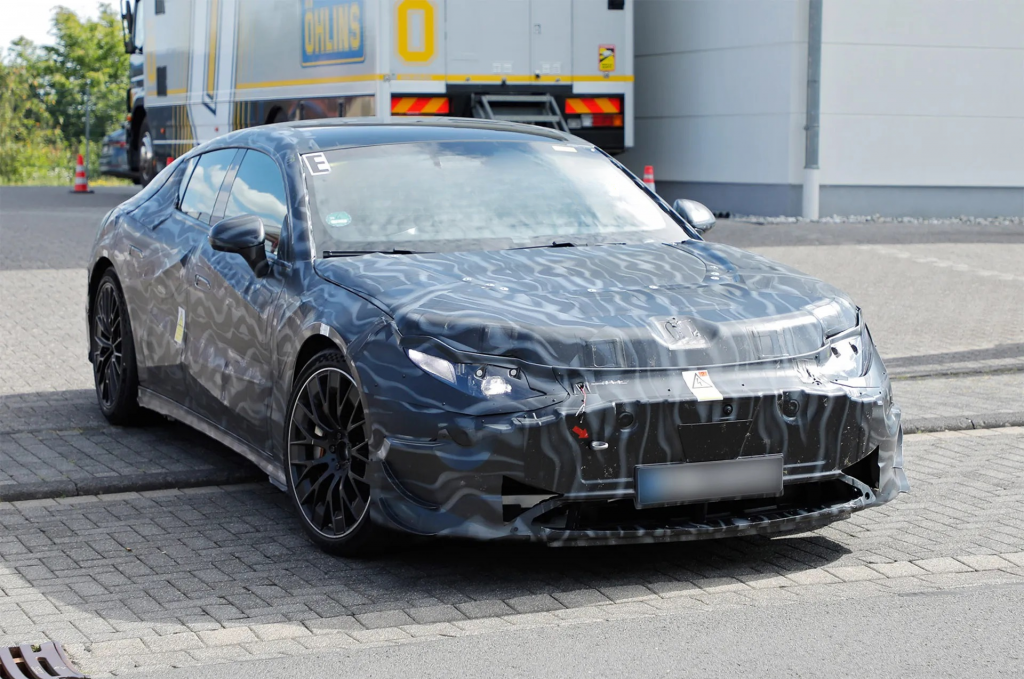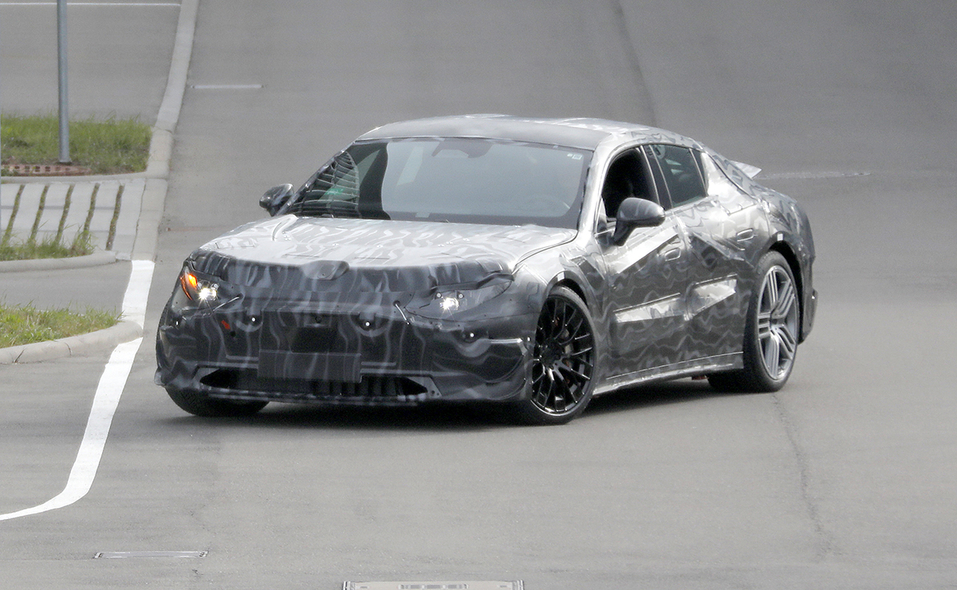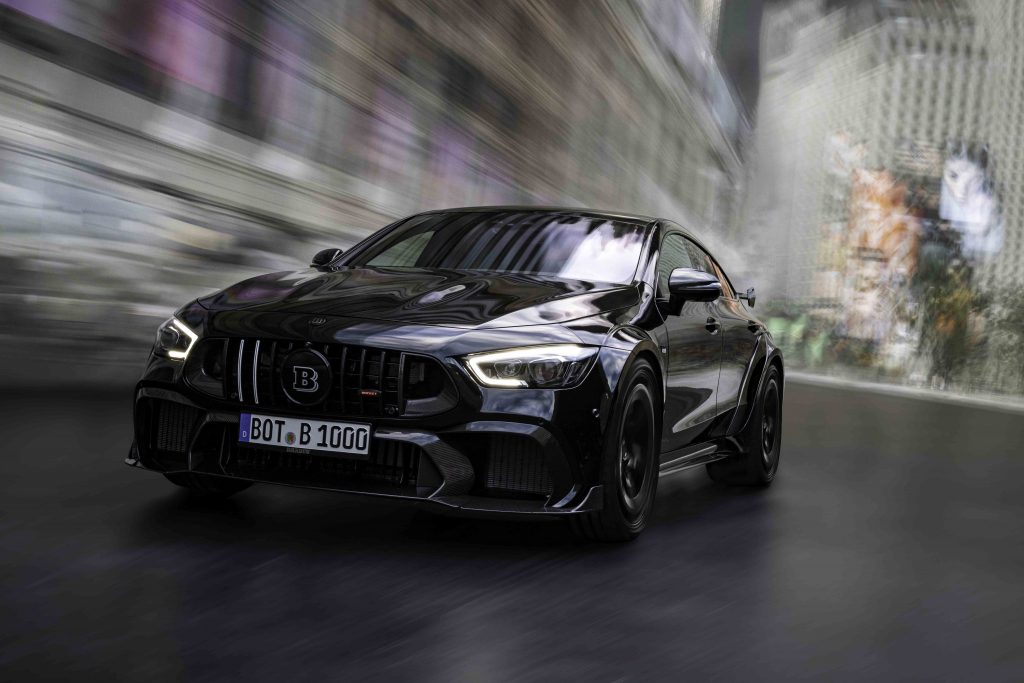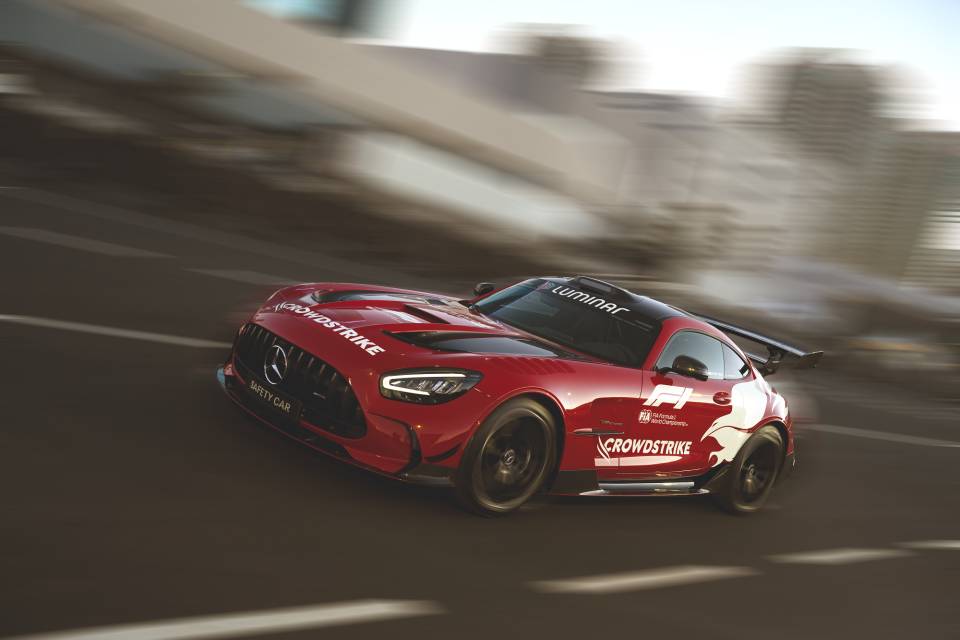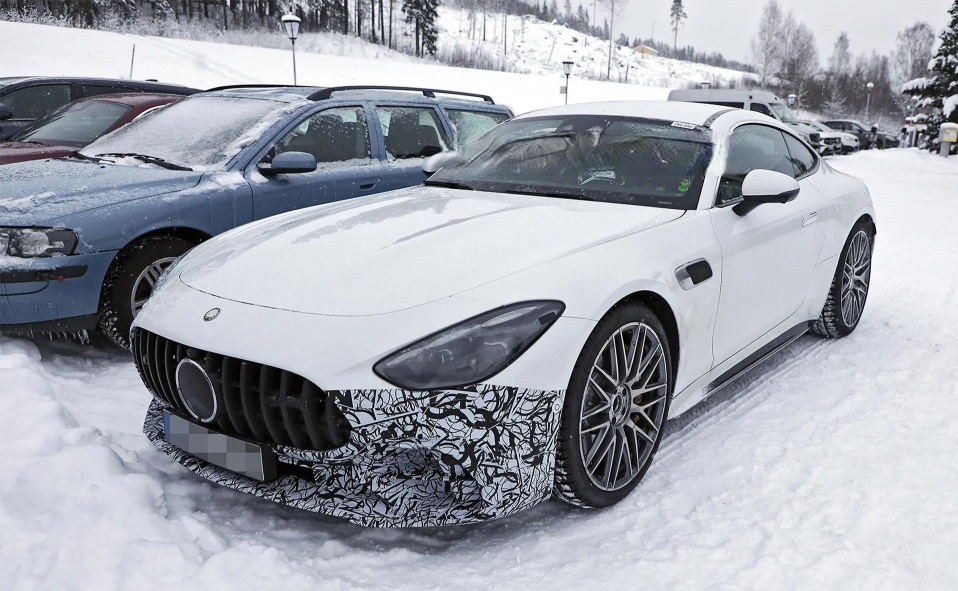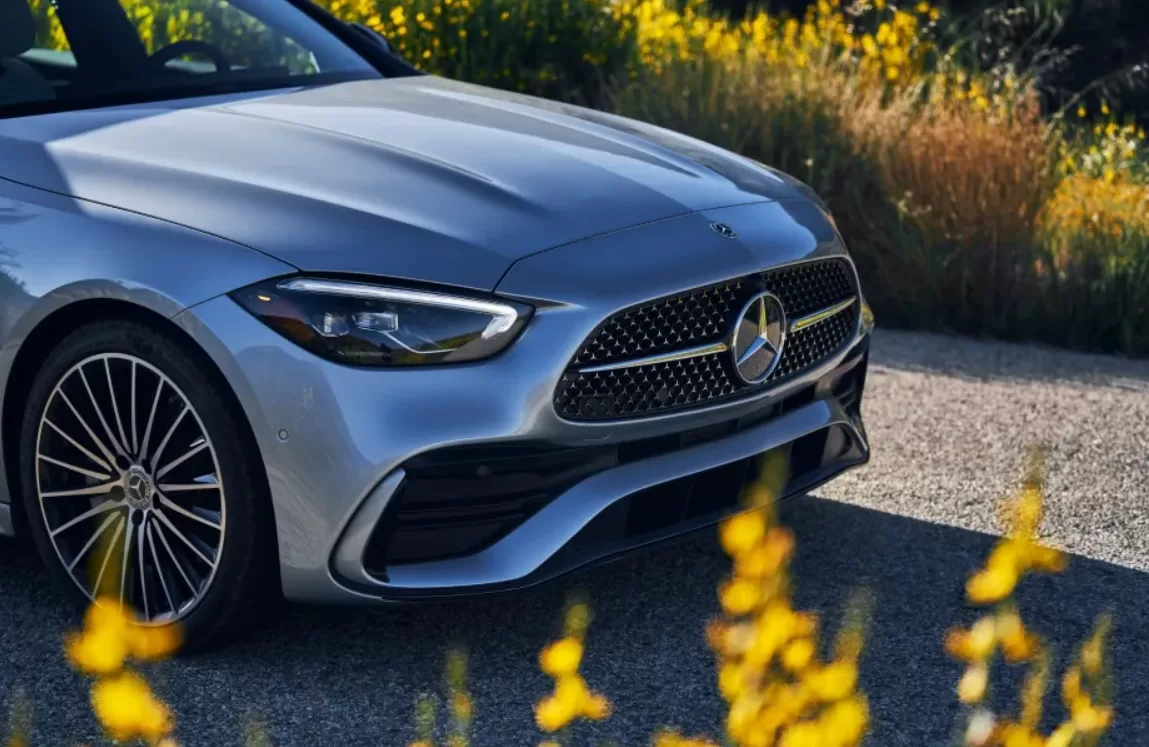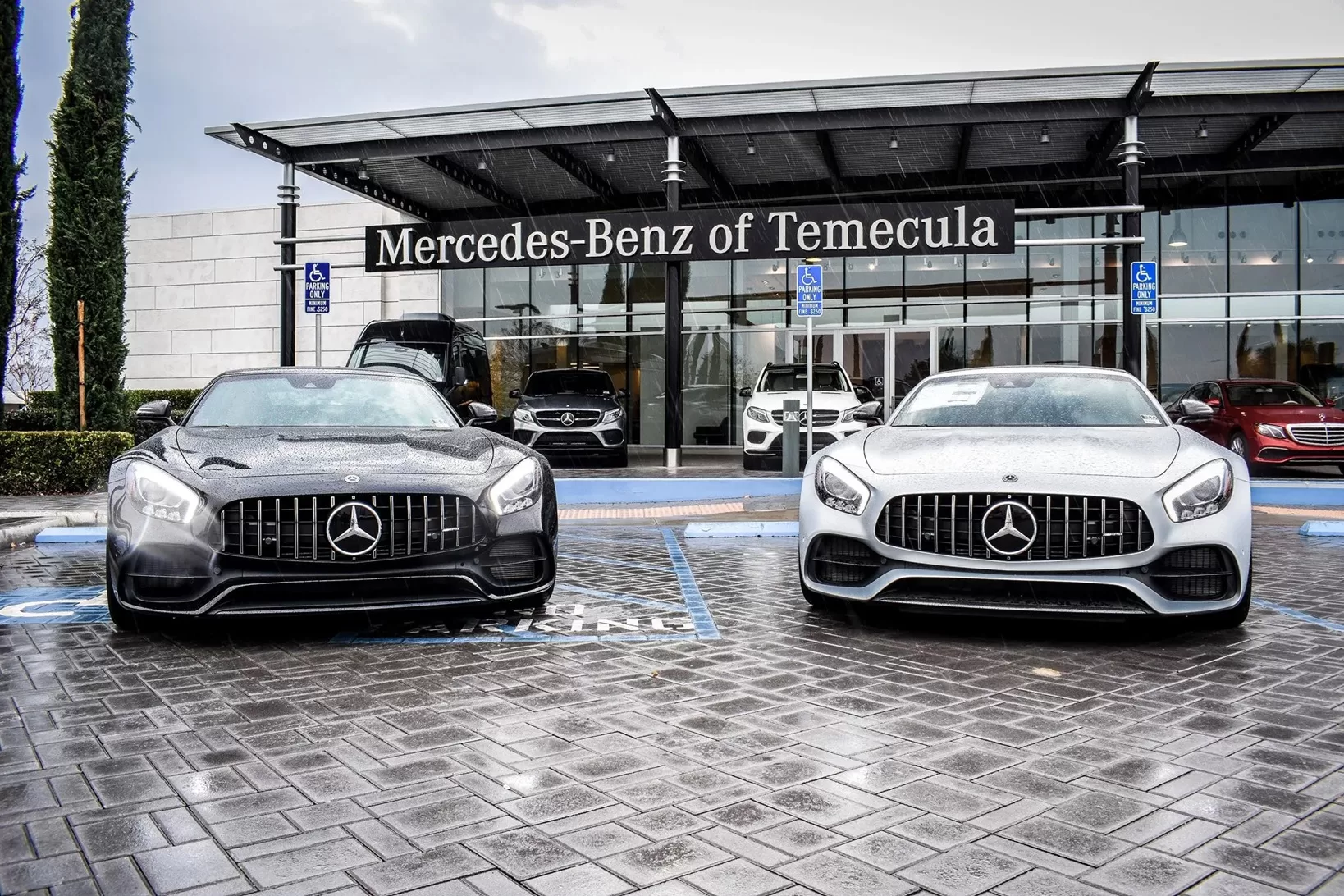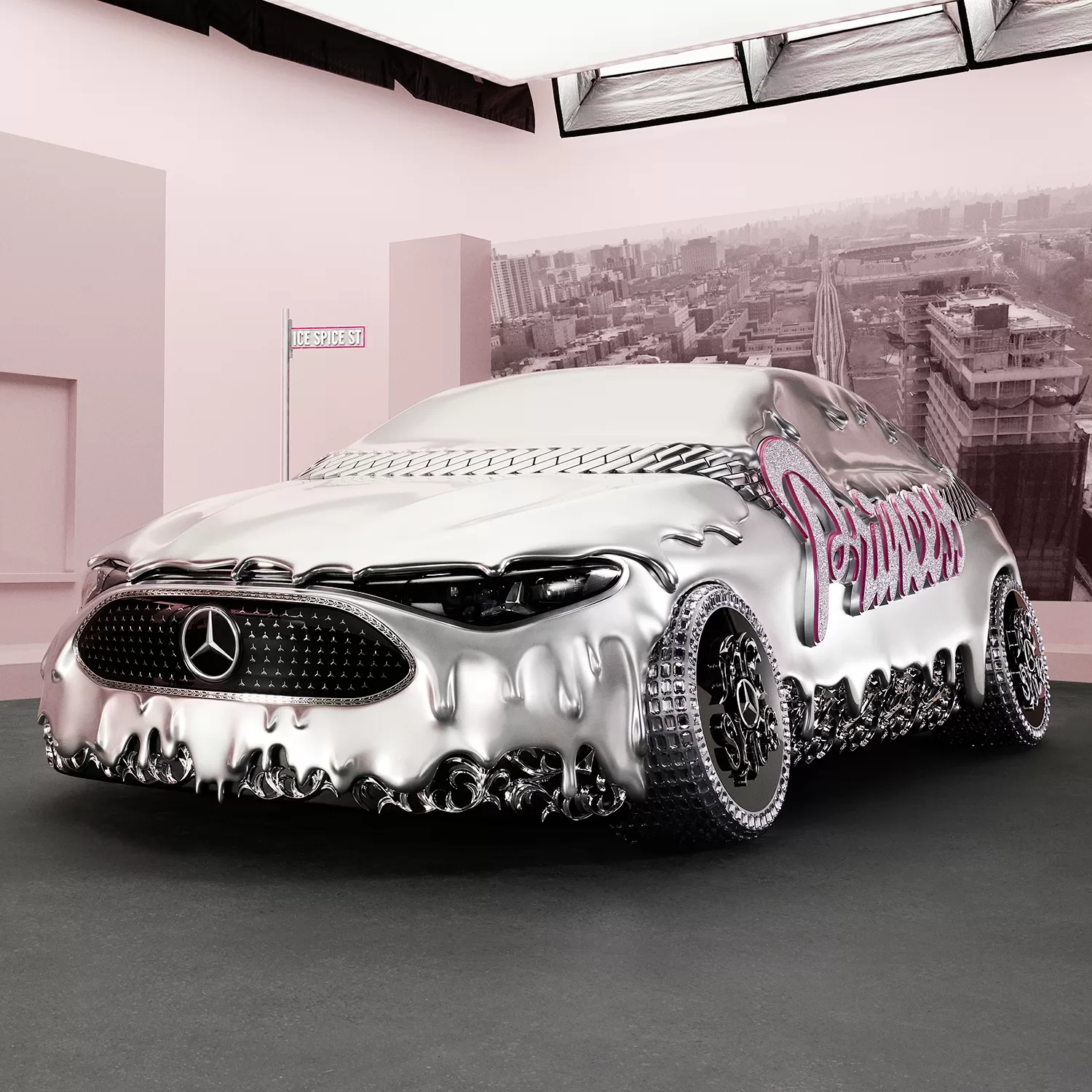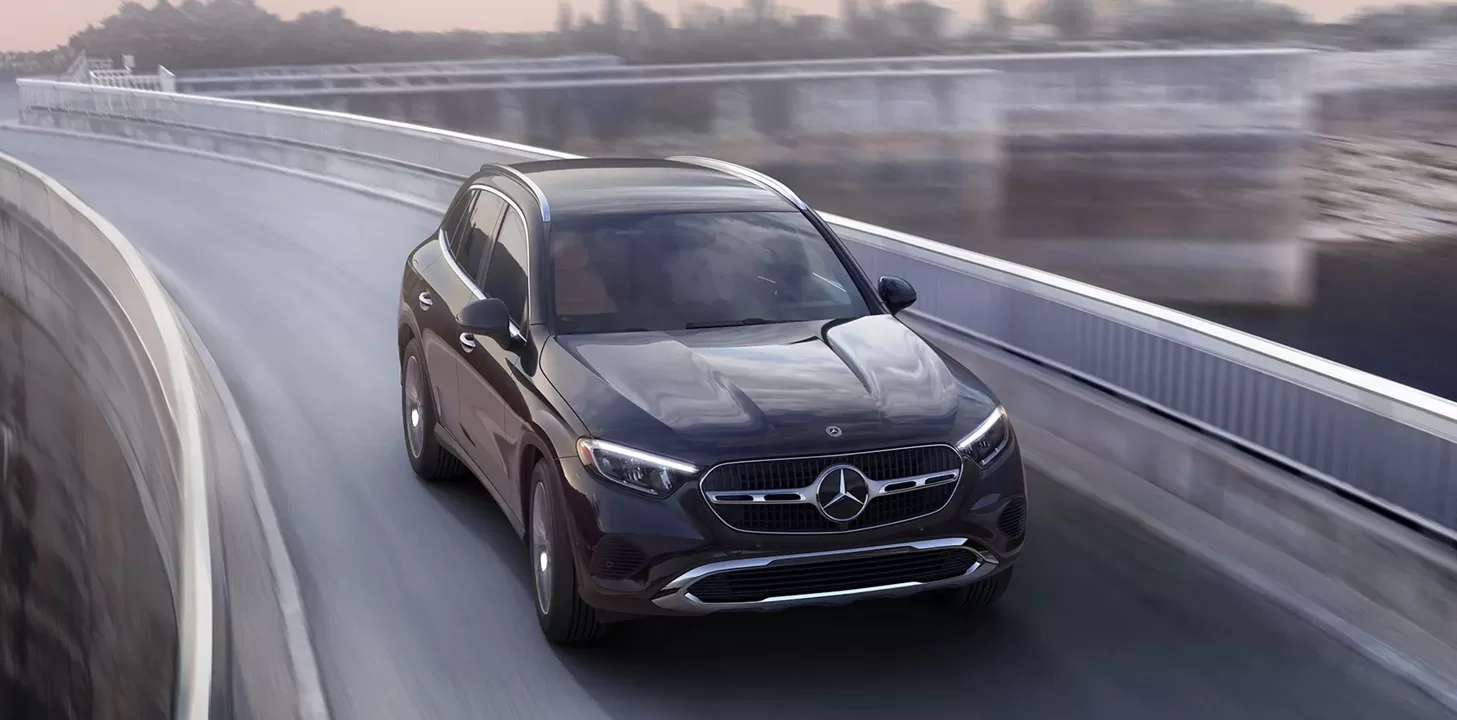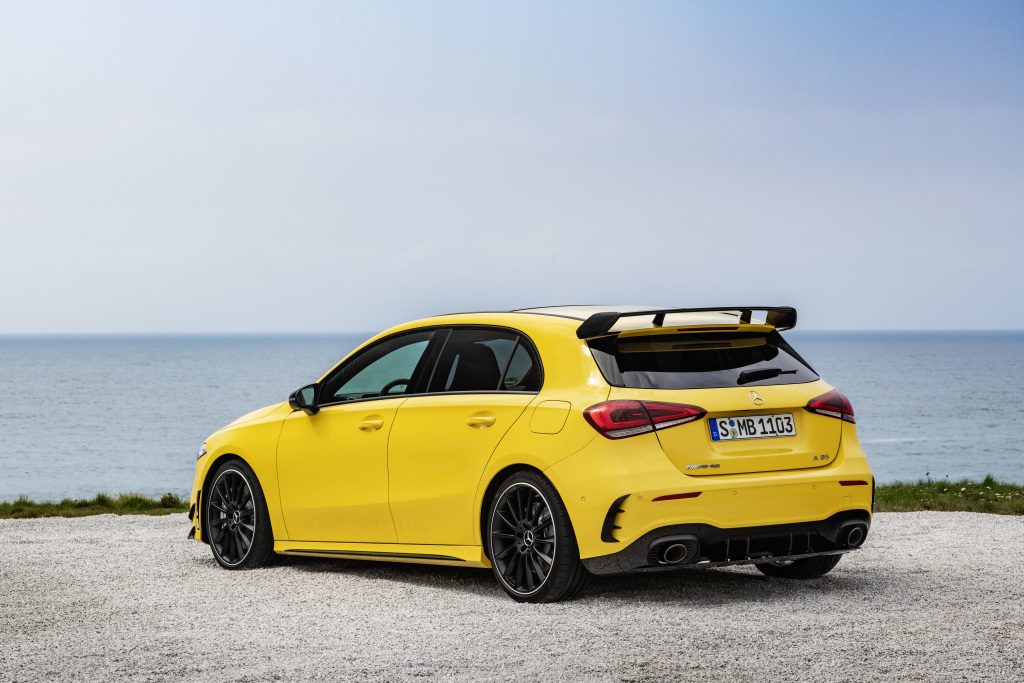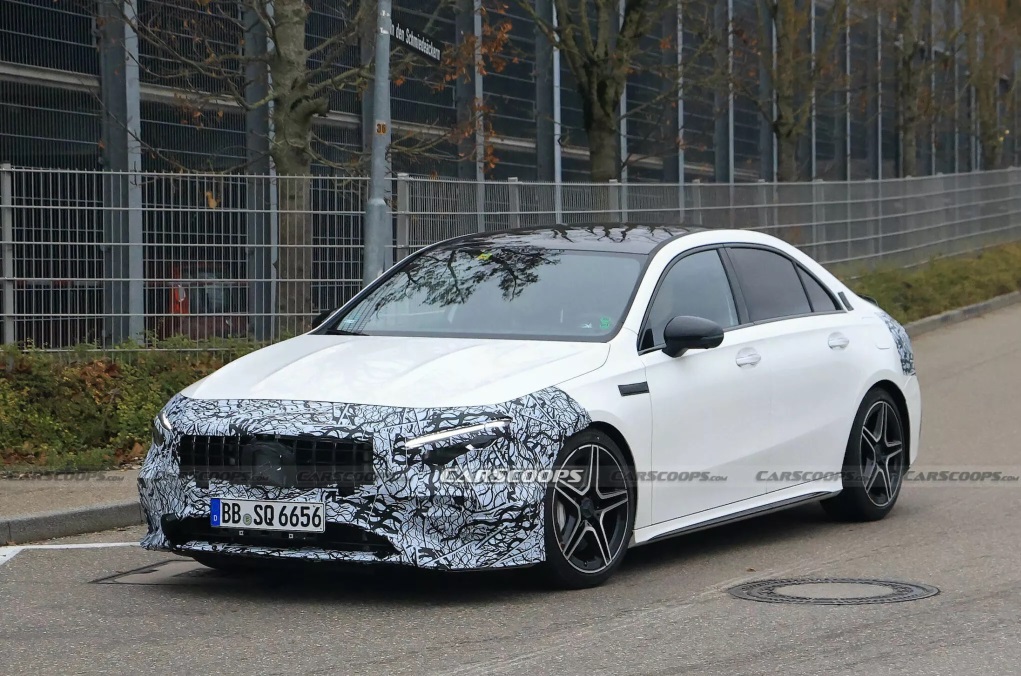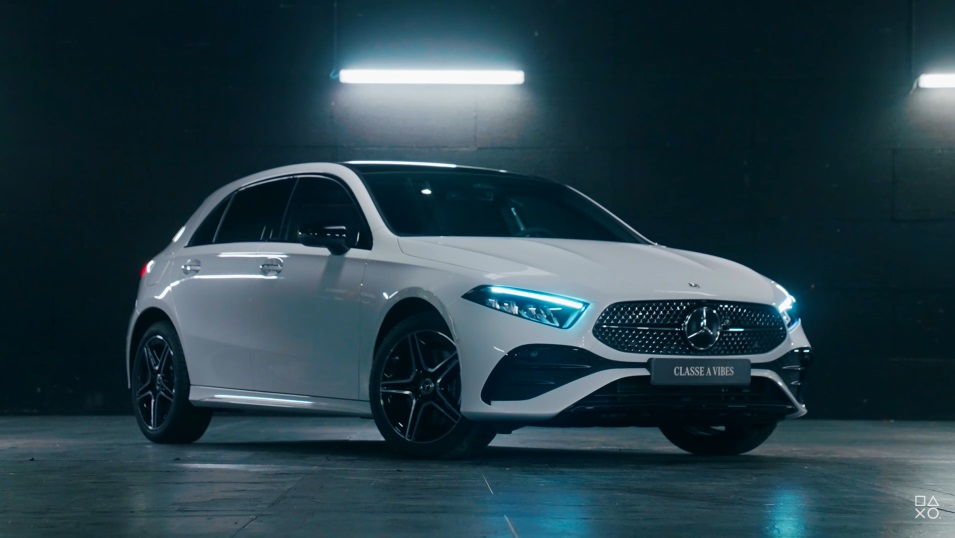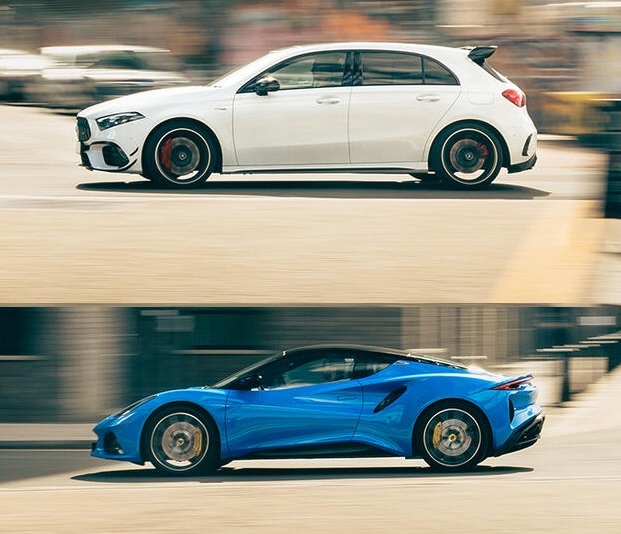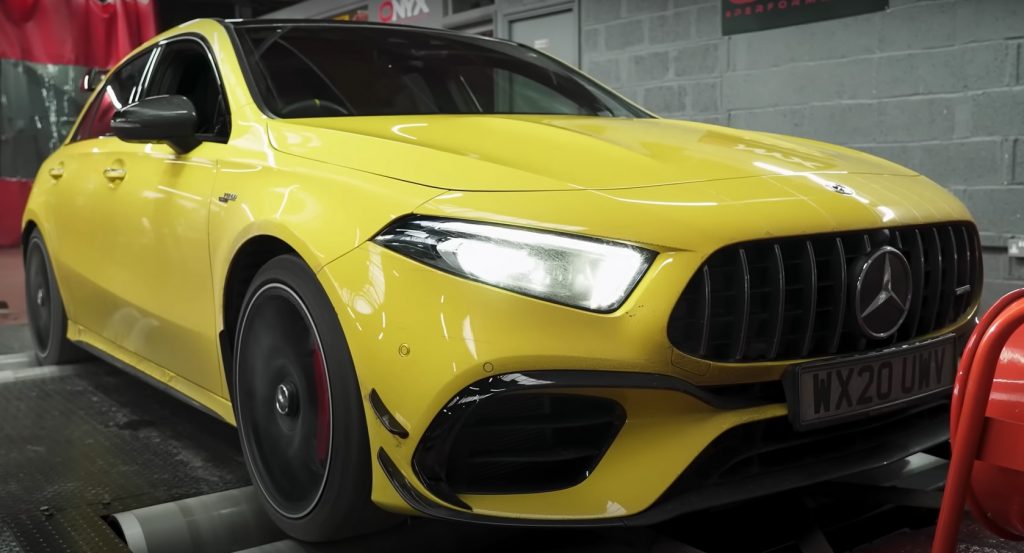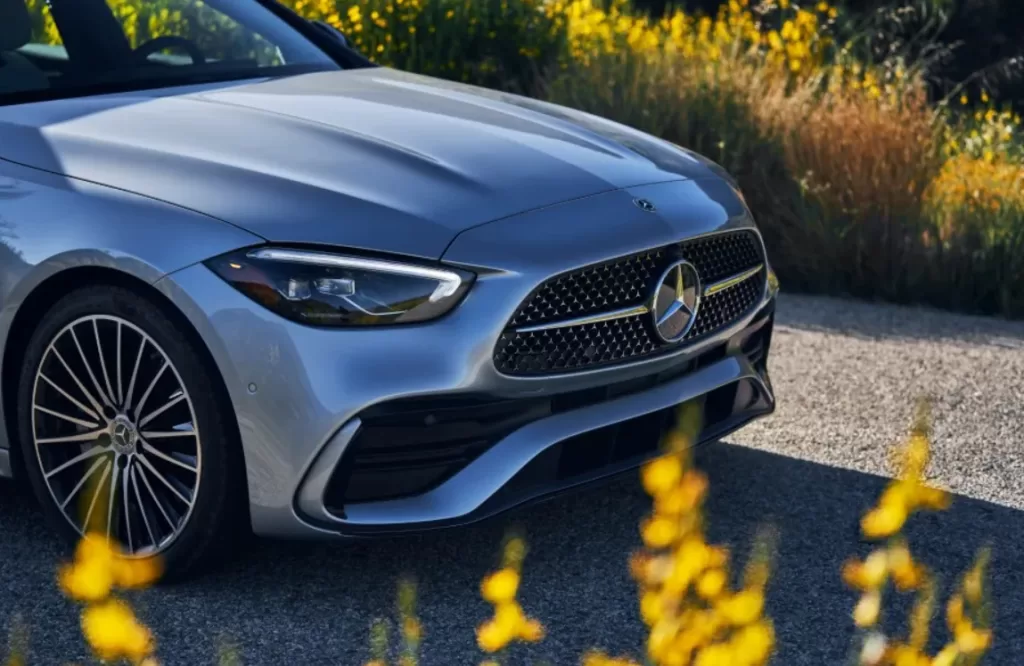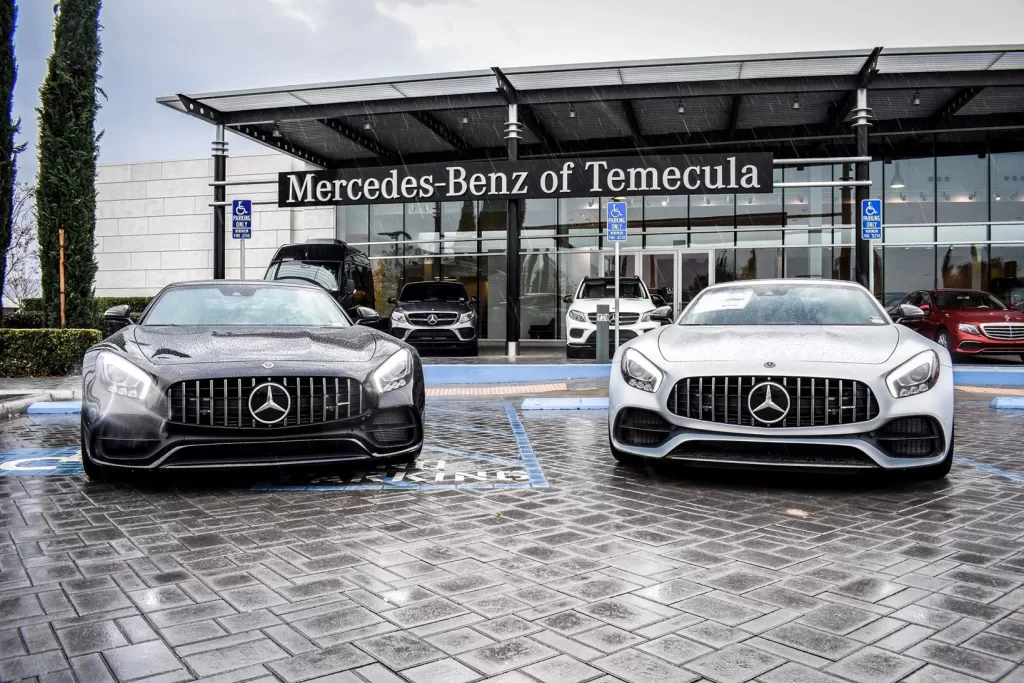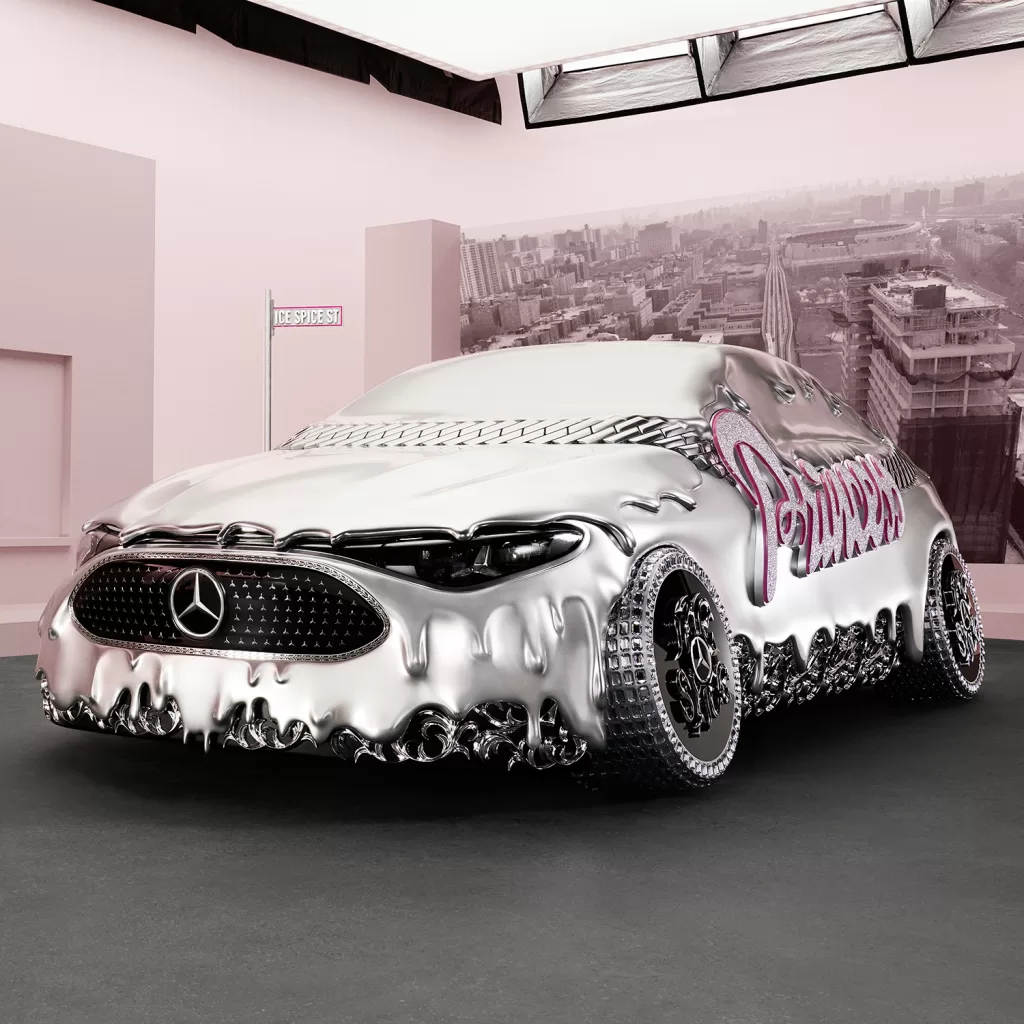The models from S to SSKL were still used with the same engines in races and in private motoring. This very close relationship between racing engines and production engines changed in the 1930s at the latest, with the Mercedes-Benz Grand Prix cars known as the Silver Arrows and the contemporary record cars.
Later on, research vehicles were also still fitted with gasoline engines which were not directly carried over to production in this form. However, the lessons learned from research and motor sports were always of great importance for future developments in engine design at Mercedes-Benz.
The age of the Silver Arrows
The ability of the Mercedes-Benz engineers to continually improve their engine designs was demonstrated in a particularly striking manner during the Silver Arrow era. Silver Arrow was the name first given in pre-war times to formula racing cars – models W 25, W 125, W 154 and W 165 – which dominated European racing from 1934 to 1939.
The era began with the W 25, whose engine with four valves per cylinder boasted two overhead camshafts and a supercharger. The designers obtained the increases in output principally by increasing the displacement of the eight-cylinder engines. Starting from 3.4 liters and 354 hp (260 kW) at 5800 rpm, the output of the car had been increased to 4.7 liters and 494 hp (363 kW) at 5800 rpm by 1936.
The W 125 presented in 1937 was the first Daimler-Benz racing car in which the supercharger was arranged behind the carburetors. Thus, the already prepared mixture was compressed, and not just the intake air. The eight-cylinder in-line M 125 F engine achieved 592 hp (435kW) at 5800 rpm with a 5.6-liter displacement, and the maximum engine speed was approximately 6000 rpm.
Twelve-cylinder engines for racing and records
For the new three-liter formula, which was implemented in 1938, Mercedes-Benz developed the W 154 racing car with a twelve-cylinder engine. A displacement of three liters for supercharged engines was specified in the regulations, while the alternative naturally aspirated engines were permitted to have a 4.5-liter displacement. Two mechanical Roots blowers supplied the V12 (cylinder bank angle 60 degrees) with compressed air, while two overhead camshafts per cylinder bank controlled the four-valve cylinders. The maximum output of the engine was 468 hp (344 kW) at 7800 rpm, while the continuous output achieved was measured at 454 hp (334 kW) at 7500 rpm. By using a two-stage supercharger, the engineers once again increased the output of the W 154 for the 1939 season. The M 163 engine developed a maximum of 483 hp (355 kW) at 7800 rpm.
In 1938, a supercharged V12 engine also powered the record car with which Rudolf Caracciola established the speed record of 432.7 km/h on the Frankfurt-Darmstadt motorway. This record achieved with a 5.6-liter engine stands to this day as the highest speed ever attained on a normal road.
The W 165 racing car of 1939, built especially for the 1.5-liter formula, had a V8 engine. Like the V12 racing engines, the engine with a 90-degree cylinder bank angle had four valves per cylinder and two camshafts per cylinder bank. Supercharged by two Roots blowers, the engine developed a maximum of 254 hp (188 kW) at 8000 rpm, while the continuous output was 250 hp (184 kW) at 7900 rpm.
Mercedes-Benz 300 SL
The Mercedes-Benz 300 SL (W 194) was launched in 1952. The racy sports car with its characteristic gullwing doors was the first vehicle designed by Mercedes-Benz after the end of the Second World War specifically for motor sports activities. The design with a lightweight tubular steel frame on the modified chassis of the 300 model was by Rudolf Uhlenhaut. The six-cylinder in-line M 194 engine was installed at an angle of 50 degree to the left and with a three-liter displacement developed 175 hp (129 kW) at 5200 rpm. The engineers also experimented with a supercharger but finally opted for a naturally aspirated engine for the cars entered in racing.
Injection technology for Formula 1
When the 300 SL production sports car was fitted with a fuel injection system in 1954, the Stuttgart engineers also designed a particularly complex injection engine for the W 196 R racing car. This new Silver Arrow had a 2.5-liter eight-cylinder in-line engine that developed 256 hp (188 kW) at 8260 rpm. This direct injection engine was fed by a Bosch eight-plunger pump. One distinctive feature was the desmodromic valve control of the intake and exhaust valves by means of two overhead camshafts. This involved not only the opening of the valves by the camshaft but also closing them. Valve springs were dispensed with.
Rotary piston four-stroke engines
The four-stroke cycle of Nikolaus Otto can be applied not only to reciprocating engines but also to rotary piston engines. The developments for this technology by Felix Wankel were pioneering. In order to investigate this method, Daimler-Benz AG signed a license contract with NSU in October 1962.
Rotary piston technology was developed extensively by Mercedes-Benz in subsequent years. The C 111 experimental car with 280-hp (206-kW) three-rotor Wankel engine and plastic bodywork, which was presented in 1969 at the Frankfurt International Motor Show, attracted much attention. The Mercedes-Benz Wankel engine reached production standard in further stages of development of the C 111 of 1969 and 1970. The high fuel consumption of the rotary piston engine was, however, a disincentive to large-scale production.
Research for environmental protection
In the 1960s, the engineers were becoming increasingly conscious of environmental considerations. In particular, catalytic emission control of gasoline engines became the subject of intensive research at Mercedes-Benz at that time. Amongst other things, one reason for this was the strict emission standards in the USA, especially in California. In 1985, this research led to the presentation of a range in which all Mercedes-Benz models with gasoline engines were also available with catalytic converters.
Then, in the 1970s, research into alternative fuels was gaining ever-greater significance. In contrast to the alternative drive concepts, which were a complete break from the concept of the internal combustion engine, the Mercedes-Benz engineers continued to focus on the proven gasoline engine in these tests. Amongst other things, its operation with natural gas, alcohols, and various gasoline-alcohol mixtures was intensively researched. In 1979, for example, a fleet of 80 Mercedes Benz test cars took part in a large-scale test as part of the Alternative Drive Systems project sponsored by the Federal German Ministry of Research and Technology. This also involved testing the use of the M 15 fuel, a mixture of 85 percent premium gasoline and 15 percent methanol.
In 1980, test passenger cars were released that could be refueled with pure methanol or ethanol. Then, in 1992 at the Geneva Motor Show, Mercedes-Benz presented a Flexible Fuel test vehicle that was based on the 300 SE (W 140), whose engine management was designed for variable gasoline-methanol hybrid operation up to a methanol content of 85 percent. Vehicles with a natural gas drive system went into production at a later stage.
Reducing consumption with intelligent cylinder shut-off
In the 1970s, Mercedes-Benz engineers were already working on innovative technology for reducing fuel consumption. One such solution was selective cylinder shut-off when driving in the part-load range. In a V8 engine, two or four cylinders could be shut off.
Both the simple fuel shut-off and the valve shut-off have been extensively researched and developed by Mercedes-Benz as methods for reducing consumption since 1974. Neither of the shut-off stages resulted in a loss of comfort: the balancing of masses in a V8 was maintained in both four and six-cylinder operation. The benefits were a significant reduction in fuel consumption as a result of the fuel shut-off up to 120 km/h, while valve shut-off remained effective even up to 160 km/h.
Long-distance records and racing with four-valve technology
In 1983, Mercedes-Benz presented the 190 E 2.3-16. This car’s gasoline engine was the brand’s first to feature four-valve technology since 1914. The car initially proved its dynamism in record runs on the high-speed track in Nardo, Italy. In August 1983 Mercedes-Benz drivers set long-distance world records over 25,000 kilometers, 25,000 miles and 50,000 kilometers, respectively, at average speeds of almost 250 km/h with three near-production 190 E 2.3-16 cars.
The 190 E 2.5-16 also formed the basis for the Group A racing sport touring cars entered in the German Touring Car Championship (DTM). However, the existing engine did not meet the requirements for use in racing: it did not have the correct bore/stroke ratio, was not suitable for very high engine speeds owing to its undersquare nature, and had no capacity for increasing output. For these reasons, Mercedes-Benz decided to develop a completely new engine with the same displacement.
Another win at Le Mans
Two Sauber-Mercedes C9 racing sports cars won the 24-hour race at Le Mans in 1989. This double victory came 37 years after the first, and until that time, only success for Daimler-Benz at Le Mans. The racing cars were powered by the four-valve V8 M 119 HL engine with five-liter displacement, developing 720 hp (530 kW) at 7000 rpm.
Return to Formula 1
In 1994, for the first time, the Sauber-Mercedes C13 started in the Formula 1 race in Interlagos, Brazil. With that, Mercedes-Benz as engine supplier for the Sauber Team returned to Formula 1 racing after 40 years. The 3.5-liter V10 four-valve engine weighed only 122.6 kilograms and developed a good 700 hp (515 kW). In October of the same year, Mercedes-Benz presented their new concept for Formula 1. The new partner was Team McLaren International which Mercedes Benz provided with the new three-liter V10 engines that had been developed in collaboration with the English Ilmor company.
In 1994, the Penske team also started with a Mercedes-Benz engine, a turbocharged 3.4-liter V8 engine, in the Indianapolis 500 race. After 200 laps, Al Unser Jr. won the race in the Penske Mercedes. In 1997, Mercedes-Benz as the engine partner for the Penske team won the manufacturers’ championship in the CART World Series, the former IndyCar Series. The Bettenhausen, Forsythe, Hogan and Pac West customer teams also relied on the 800-hp (588-kW) V8 engine.
Research alliance for four-cylinder and hybrid technology
In 2002, DaimlerChrysler founded Global Engine Alliance L.L.C. together with Hyundai Motor Company and Mitsubishi Motors Corporation. This joint venture for the development and production of four-cylinder in-line gasoline engines was headquartered in the USA. In 2004, the partners amended their strategic alliance. The joint development and production of a four-cylinder gasoline engine family, the so-called World Engine, was to be continued.
In September 2005, DaimlerChrysler signed a memorandum of understanding with BMW and General Motors Corporation for an alliance of equal partners for the development of hybrid drives.
Drive system technology for the future
In the 1990s, Mercedes-Benz had already researched gasoline engines for small vehicles that would consume less than two liters of gasoline per 100 kilometers. The small, innovative “Minmot” (working title) gasoline engine with minimal consumption and extremely low pollutant emissions was conceived as an intelligent alternative to expensive hybrid drives, and was based on the long experience of corporate research into gasoline engine technology.
It was not only the standards of the engine’s fuel consumption and emissions levels that were visionary; the Minmot was also to operate with hydrogen or methane gas, according to a provision in the specifications. In this way, the company sought to be able to react early on to future changes in the supply of fuels.
Similar objectives were pursued with the Lomix project in the late 1990s, although these were more closely associated with production. The result was a C-Class concept which, thanks to aerodynamic and lightweight design and modifications to chassis and drive system technology, consumed less than three liters of gasoline per 100 km. The C-Class Lomix supplied researchers with important findings for future vehicle concepts with extremely low consumption levels.
With these and other research projects, Mercedes-Benz is constantly redeveloping existing vehicle drive systems based on the gasoline engine – the contemporary example of this is the DIESOTTO research engine presented at the 2007 Frankfurt International Motor Show, which combines the advantages of gasoline engine technology with those of diesel engine technology. In this way, the brand, with its origins in the world’s first-ever high-speed gasoline engines, is demonstrating its commitment to the future of the automobile.

